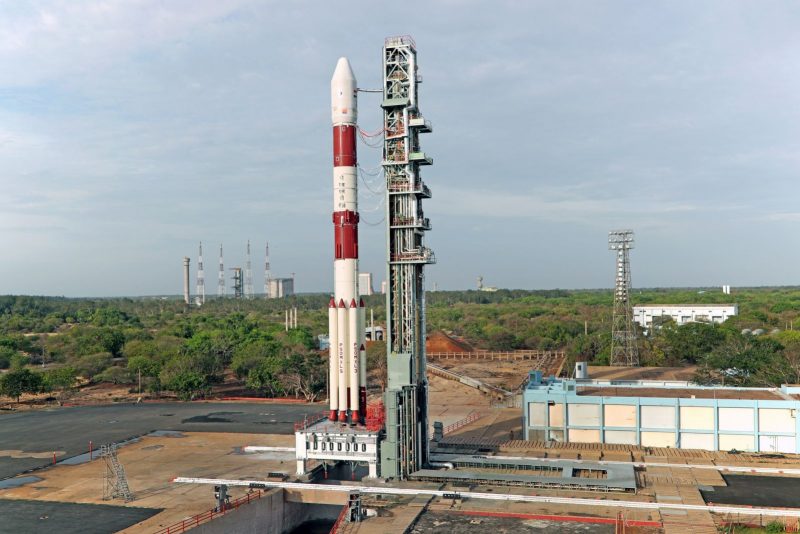Lift Off Time | December 17, 2020 – 10:11 UTC | 15:41 IST |
|---|---|
Mission Name | CMS-01 (G-SAT-12R) |
Launch Provider | Indian Space Research Organisation (ISRO) |
Customer | ISRO |
Rocket | Polar Satellite Launch Vehicle (PSLV)-XL |
Launch Location | Launch Pad 2, Satish Dhawan Space Centre, India |
Payload mass | 1,410 kg (3,100 lbs) |
Where is the satellite going? | Geostationary Orbit (GEO) at 83° inclination |
Will they be attempting to recover the first stage? | No, this is not a capability of the PSLV |
Where will the first stage land? | It will crash into the Indian Ocean |
Will they be attempting to recover the fairings? | No, the fairings are not reusable |
Are these fairings new? | Yes, all PSLV fairings are new |
How’s the weather looking? | TBD |
This will be the: | – 52nd PSLV mission – 78th ISRO mission |
Where to watch | Official livestream |
What does all this mean?
ISRO will be launching a telecommunications satellite atop their PSLV rocket. The CMS-01 satellite will replace the aging GSAT-12 satellite.
The Payload
CMS-01 (also known as GSAT-12R) is an Indian communications satellite that will provide internet and other services to the country. It’s built upon ISRO’s I-1K satellite bus, which is designed to be compatible with lightweight geostationary satellites. The bus provides propulsion, power, and communications systems for satellites.
CMS-01 will replace the GSAT-12 satellite that was launched in 2011.
The Rocket
Studies began in 1978 for a new vehicle capable of delivering a 600 kg payload into a 500 km sun-synchronous orbit. The Polar Satellite Launch Vehicle (PSLV) is the vehicle that was ultimately chosen.
PSLV is an expendable medium-lift launch vehicle. The vehicle is capable of putting up to 1,750 kilograms into a 600-kilometer sun-synchronous orbit. PSLV is very customizable and has flown in six variants in the course of its life. It was debuted in 1993 and has flown successfully 48 out of 51 times. The vehicle’s reliability, as well as its customizability and relatively low cost, have made it a popular rocket for both foreign and domestic customers.
The vehicle is composed of four stages as well as optional solid rocket boosters (SRBs). The first stage produces 4,800 kN and uses hydroxyl-terminated polybutadiene (HTPB) solid fuel. The second stage produces 799 kN of thrust and uses dinitrogen tetroxide (N2O4) and unsymmetrical dimethylhydrazine (UDMH) as its liquid fuel. The third stage uses the same fuel as the first stage and produces 240 kN of thrust. The fourth stage produces 14.66 kN of thrust and uses monomethylhydrazine (MMH) and mixed oxides of nitrogen (MON). The PSLV-XL also has six SRBs, adding another 4,221 kN of thrust.






Pls note:
The launch is tentatively scheduled at 1541 Hrs IST on December 17, 2020 subject to weather conditions.
-ISRO Website.
Ya’ll have posted December 14,2020.
Pls make the necessary corrections.
And how did you know that its GSAT 12R? no such mention about the satellite on the website ?
CMS-1 is formerly known as GSAT-12R is a communication satellite.(Refer Wikipedia)
Also you’ve mentioned GSAT 12R.
On what basis, did you write this information?